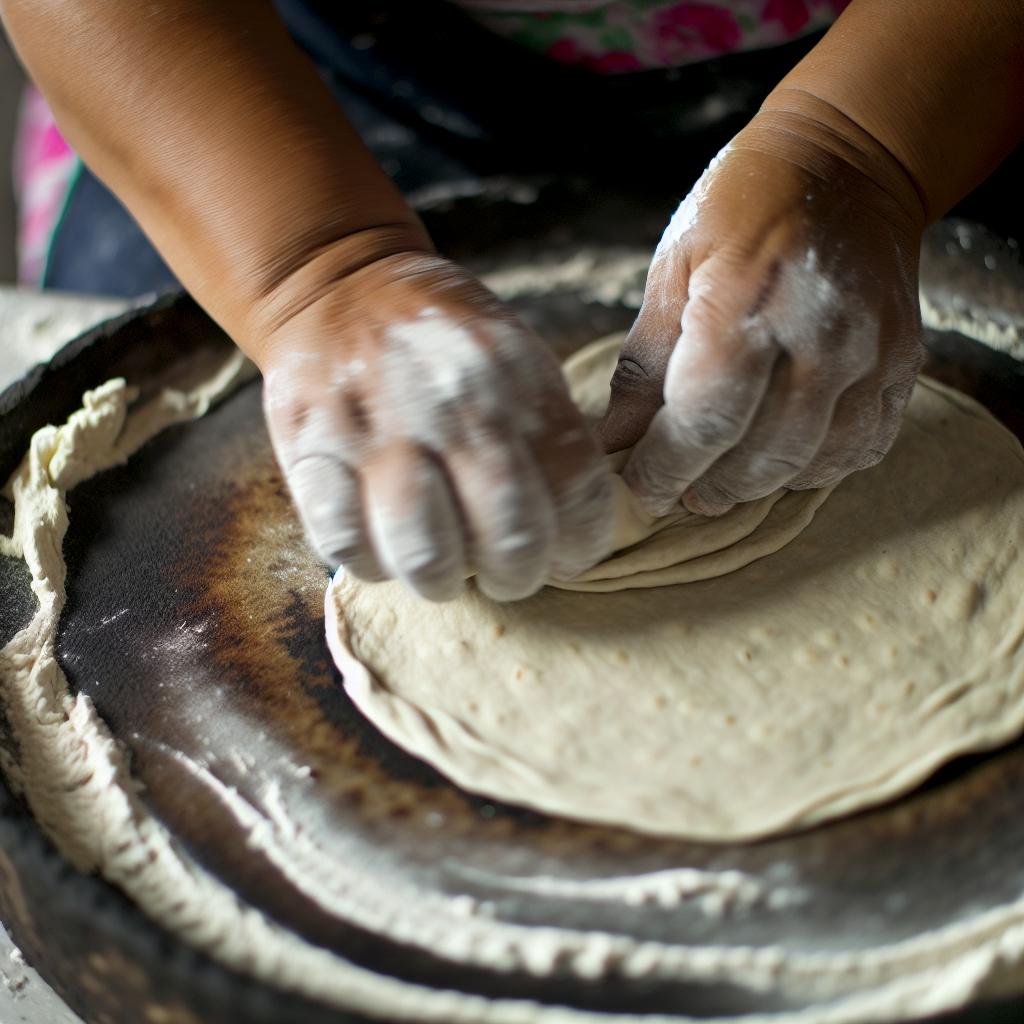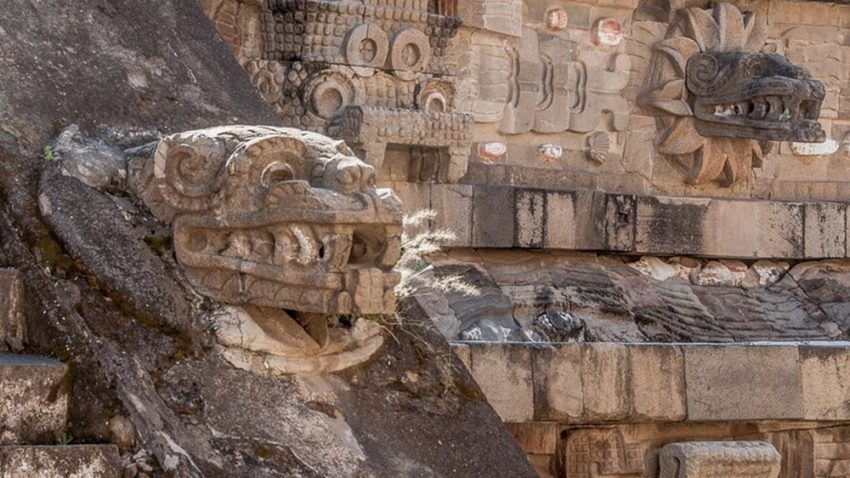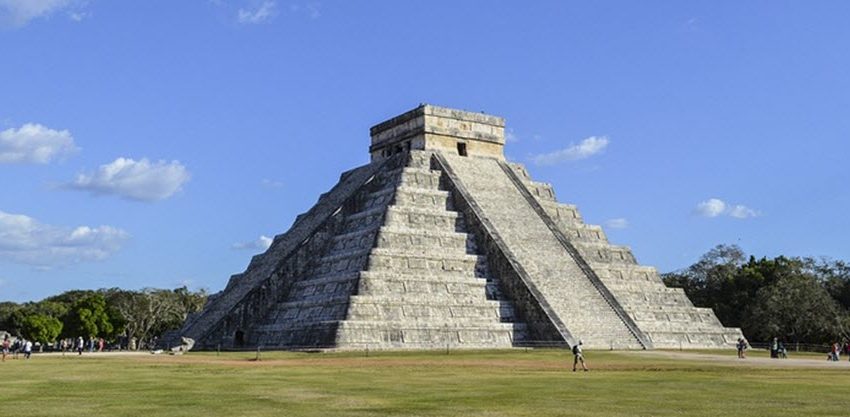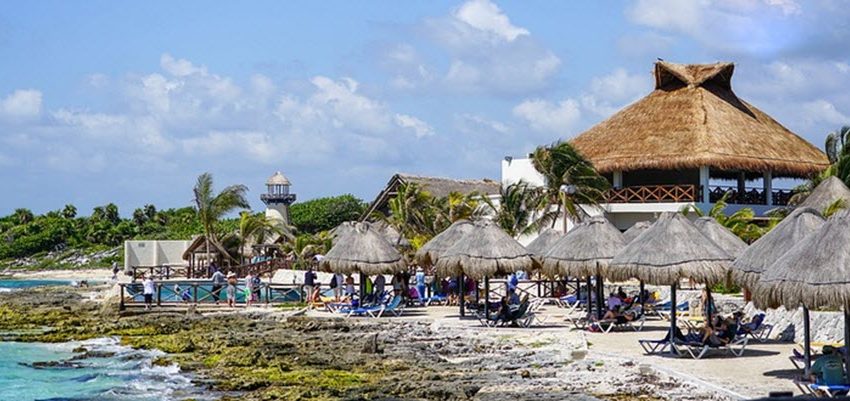Introduction to Tortilla Making
The art of making tortillas is deeply embedded in the culinary traditions of Mexico and Central America. Originating from ancient Mesoamerican cultures, tortillas have been a staple food for centuries. Traditionally made from corn, these flatbreads are versatile and have become a popular base for many dishes around the world. This article delves into the key aspects of tortilla making, shedding light on the ingredients, process, and cultural significance.
Traditional Ingredients
Tortillas are typically made from either corn or wheat flour. Corn tortillas are made from a dough called masa, which is crafted from ground hominy. Hominy is dried corn that has undergone a nixtamalization process—a treatment that involves soaking and cooking the corn in an alkaline solution, usually lime water. This process not only makes the nutrients in corn more digestible but also enhances the flavor.
On the other hand, wheat flour tortillas, popular in northern Mexico and areas of the United States, consist of flour, water, and fat—often lard or shortening. Each type of tortilla has its own unique texture and flavor profile, influencing the dishes they typically accompany.
The Tortilla Making Process
The process of making tortillas requires skill and patience. For corn tortillas, the raw nixtamal is ground into a fine dough called masa de maíz. The dough is divided into small portions, rolled into balls, and pressed into thin circles using a tortilla press.
Wheat flour tortillas start with creating a smooth dough by combining flour, fat, and water. The dough is kneaded until elastic, rested, and then divided into small balls. Each ball is rolled out into a thin sheet using a rolling pin.
Once shaped, both types of tortillas are cooked on a hot griddle or comal. The tortillas are cooked on both sides until they develop a light brown pattern.
Cultural Significance
Tortillas are more than just food; they hold cultural significance across Latin America. In many communities, tortilla making is a communal task and an opportunity to pass down traditional culinary knowledge. The practice of making tortillas by hand connects individuals to their heritage and maintains culinary traditions that have been passed down through generations.
Modern Innovations and Global Influence
Today, tortillas have expanded far beyond Latin America. They are a staple in many modern diets worldwide, available in numerous variations, including various flavors and sizes designed to cater to diverse culinary needs. You can explore tortilla recipes and variations online through various resources such as cooking blogs, culinary websites, and educational platforms learn more about tortilla recipes. This expansion has helped tortillas become integral to many international cuisines, incorporating unique and creative fillings.
Overall, the art of making tortillas encompasses both tradition and innovation, making it a cherished practice that continues to adapt while preserving its historical roots.
Historical Context of Corn and Wheat in Mesoamerica
The history of tortilla making is as rich and diverse as the culinary tapestry of Mesoamerica itself. Corn, known as maíz in Spanish, has been a central agricultural product for indigenous peoples of the region for thousands of years. Long before the arrival of Europeans, Mesoamerican societies cultivated corn and developed advanced agricultural techniques to sustain large populations. The discovery and development of nixtamalization significantly boosted the utility of corn, rendering its nutrients more accessible and digestible. This breakthrough solidified corn as a cornerstone of Mesoamerican diets and, by extension, tortillas as an essential food.
While corn tortillas have a longstanding history in the regions of Mesoamerica, wheat was introduced by Spanish colonizers in the 16th century. Wheat flour tortillas became more prevalent in northern regions where the climate was more suitable for wheat cultivation. Over time, these tortillas assumed their place alongside corn tortillas as a staple ingredient, especially in border regions and areas influenced by Spanish culinary practices.
Health and Nutrition
Corn and wheat tortillas provide different nutritional benefits based largely on their ingredients and preparation methods. Corn tortillas are naturally gluten-free, making them a suitable option for people with gluten sensitivities. They are also lower in calories compared to wheat flour tortillas, providing dietary fiber, magnesium, and antioxidants. The nixtamalization process not only enhances these nutrients but also fortifies the tortillas with calcium, which the alkaline cooking process imparts.
Wheat tortillas, often considered softer and more versatile in texture, contain a higher protein content compared to corn tortillas. This feature, however, comes with gluten, which can be a concern for those with gluten intolerance or celiac disease. Enriched wheat flour tortillas may also offer added nutrients. Health-conscious consumers can explore whole wheat alternatives, which have a higher fiber content and generally offer a better nutritional profile.
Innovative Uses and Global Fusion
With their expanding culinary reach, tortillas have paved the way for creative fusion and innovative uses. In Mexican cuisine, they feature prominently in traditional dishes such as tacos, enchiladas, and quesadillas. Internationally, they have been adapted into new formats, such as wraps and burritos, which are popular in North America and beyond. Chefs all over the world are now incorporating tortillas into fusion dishes, combining indigenous Mexican flavors with diverse global cuisines.
Moreover, the convenience and adaptability of tortillas have made them a staple in fast-food menus and home-cooked meals alike. From using them as pizza bases to sandwich wraps, tortillas offer a versatile and practical alternative to bread. Their ability to absorb flavors and hold fillings make them appealing across different culinary traditions.
The Future of Tortilla Making
As global food trends continue to evolve, the future of tortilla making is promising. While maintaining authenticity remains important, the tortilla industry is not shying away from modernization. The growing demand for organic and non-GMO products is prompting tortilla producers to adapt by offering products that meet these standards.
Innovations in tortilla production technology, like automated tortilla machines, have streamlined the process, allowing consistent quality and scale for commercial markets. Additionally, the rising popularity of plant-based diets opens new avenues for creating tortillas that align with vegan and vegetarian preferences, incorporating alternative ingredients that further expand the classic tortilla recipe.
Conclusion: Embracing Tradition and Innovation
The art of tortilla making remains a treasured tradition that honors its historical roots while embracing modern innovations. Whether made from corn or wheat, tortillas symbolize a rich cultural heritage and continue to evolve, delighting diverse palates worldwide. As tortillas journey further into global cuisine, they serve as a reminder of cooking’s power to connect cultures and celebrate shared culinary experiences.







